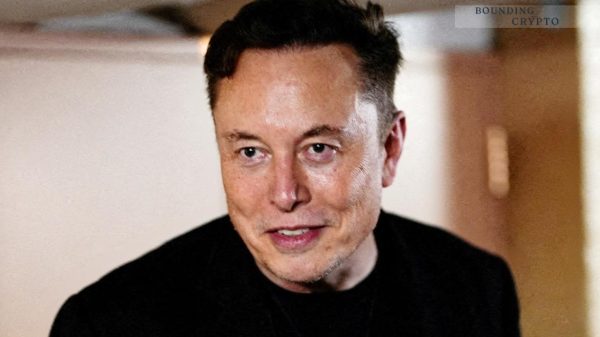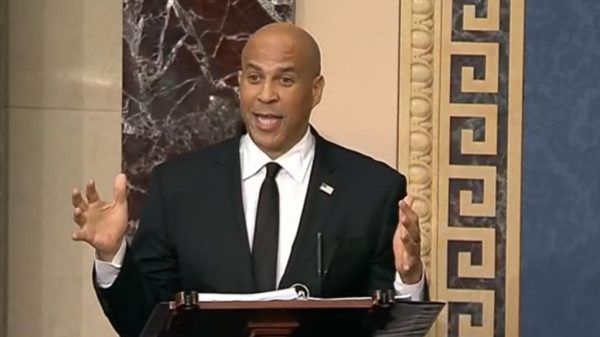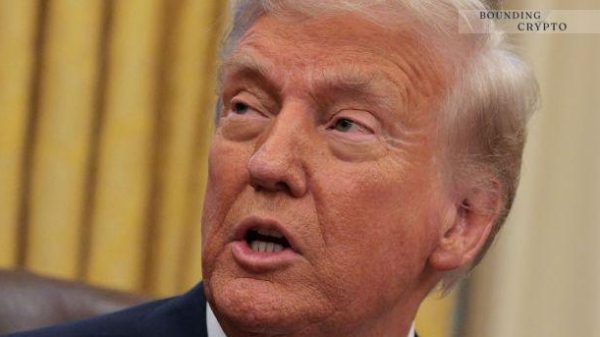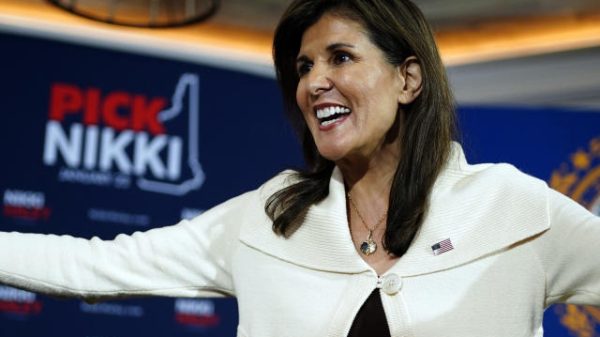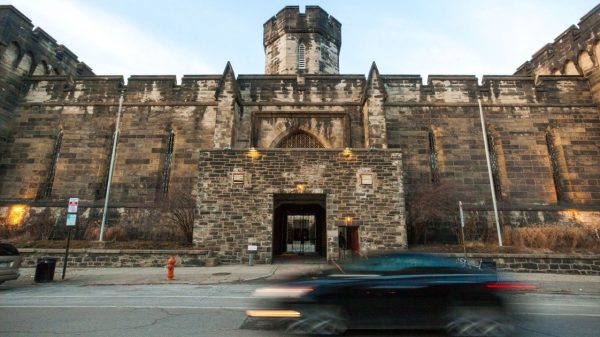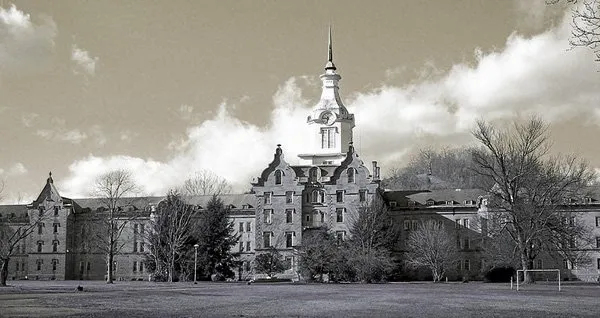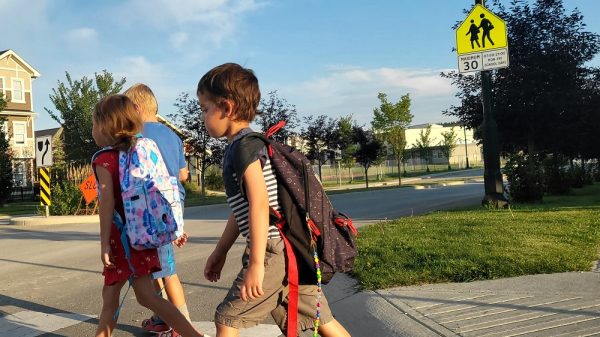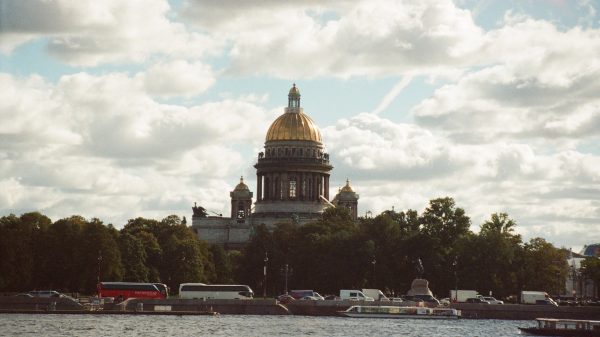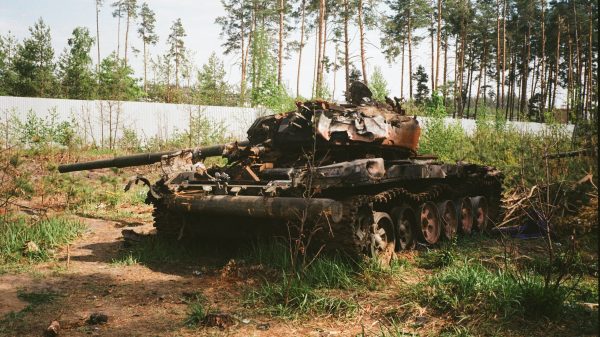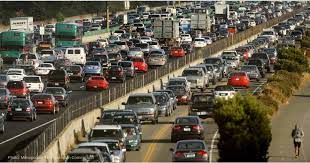California Has to Stop Building Freeways. Now.
“People aren’t used to thinking of freeways as fossil fuel infrastructure, but they are.” And once built, there’s no going back, no making up for the extra driving by trying to convince people that a bus or train might be a better choice – we’re stuck with it.
“We’re not the first ones to point this stuff out,” said David Weiskopf, Senior Policy Advisor with Next Gen, about its new report “California at a Crossroads,” which calls for an end to “California’s traffic-creating, pave-the-earth approach to transportation.”
California has been working for years to create policies that support clean air and water and that lower climate-change inducing carbon emissions. But the impact of those policies is weakened by resistance, inertia, habit, and fear of change. That has led to focusing on difficult but politically plausible solutions like electric vehicles, cleaning up the electricity sector, and calling for low-carbon fuels. While helpful, these efforts have also served as a distraction.
As the NextGen report states: “Increases in highway capacity are the central hurdle to [climate] progress.” As long as California keeps expanding highways to accommodate driving, all the other efforts – to increase EVs, to produce clean energy, to add bike lanes – will have been a waste of time.
“One important implication of this phenomenon often goes overlooked: in virtually every scenario relevant to the U.S. transportation context, once highway capacity is built, the associated increase in [driving] cannot be undone through expansions in public transit.
That highway capacity will hold VMT [vehicle miles traveled] at a new, elevated level, and cannot be mitigated by simply adding transit capacity concurrently. Attempts to mitigate induced travel with investments in transit, active transportation, and various forms of transportation demand management [TDM] will be undone as the newly freed space on the highway backfills with new cars.
Transit, active transportation, and TDM have an important role to play in any VMT reduction strategy – they can improve the interconnectedness of the transportation system beyond the vehicle network, which is key to maintaining and expanding travel throughput and access to opportunity in a future where driving is just one transportation option of many. These types of mobility investments also crucially provide affordable, clean, and efficient transportation, effectively upholding the foundation of a functioning (and less car dependent) society.
But these investments, while of critical importance, do not address the specific goal of substantially reducing driving. Indeed, if California continues to expand highway capacity, the resulting increase in VMT will overwhelmingly cancel out the climate benefits of mode shift generated through concurrent transit improvements.” (Emphasis added)
Right now there is a lot of money going into highways, both from the state gas tax and from federal sources. Many are supposed to be focused on “fix-it-first,” but Caltrans engineers have a way of broadening the meaning of “maintain” and “improve” to include “expand” and “widen.” The problem is, once these roads are “improved” by being widened, they will stay that way for years.
And California is running out of time. The car-accommodating infrastructure we are building will last for fifty years at a minimum, and even the California Air Resources Board (CARB) has been saying for the last fifteen that we don’t have ten more years to get this right.



